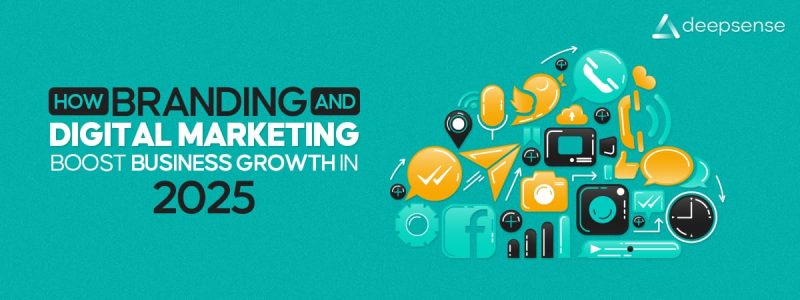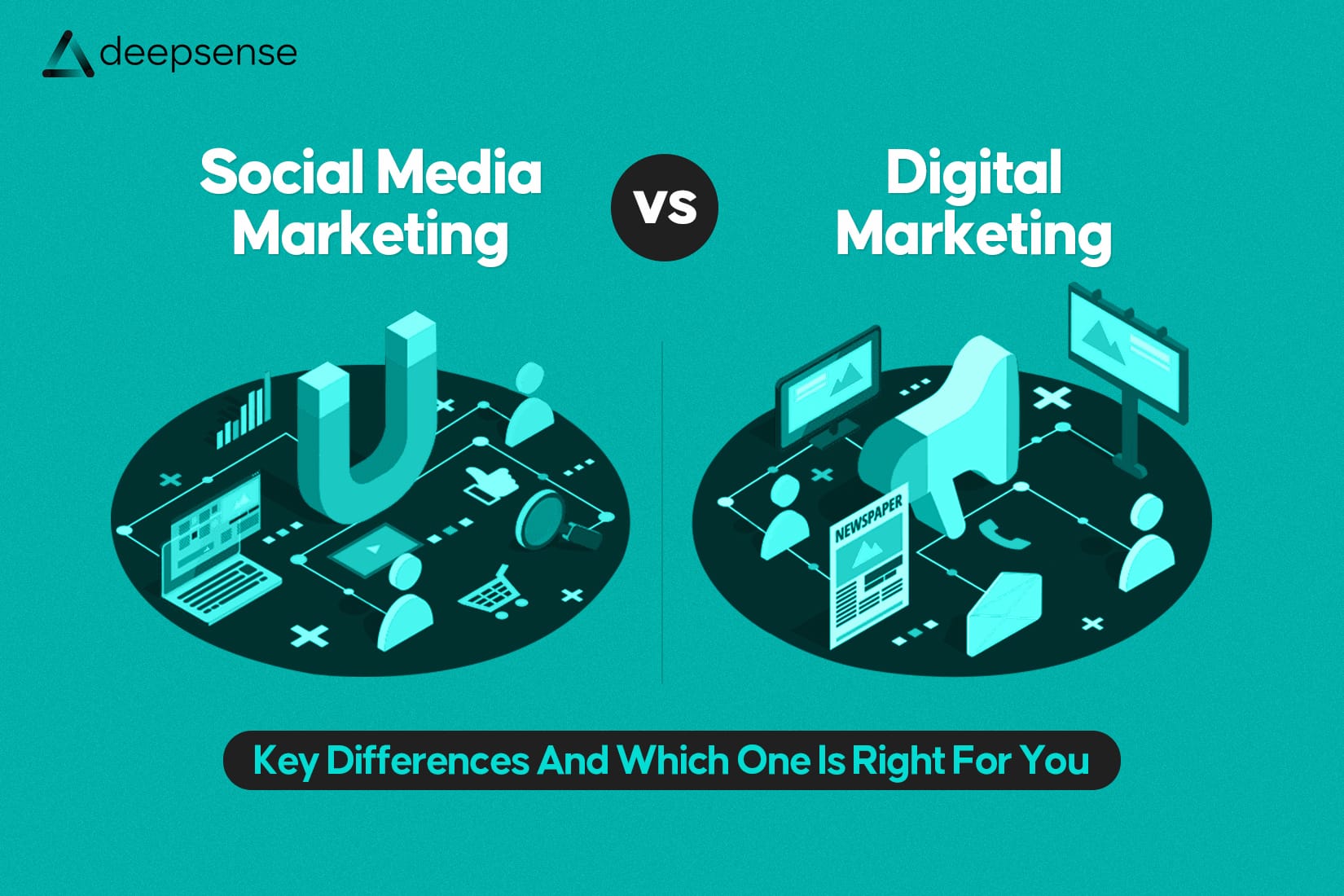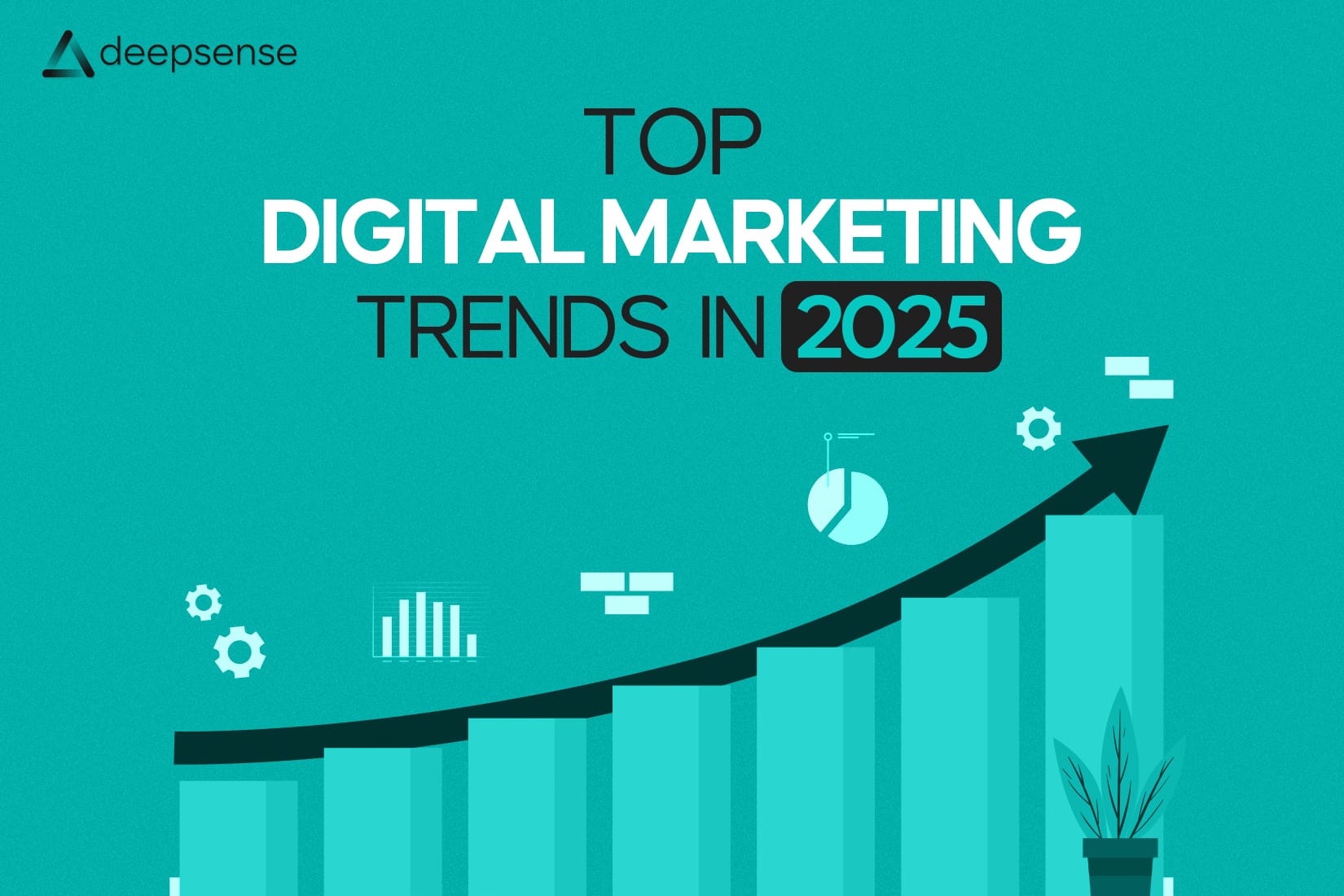In a world where your next customer could be scrolling Instagram on their couch or Googling products on their lunch break, retail marketing is no longer limited to attractive window displays and foot traffic. Today, it’s all about showing up where your customers are, and that means going digital.
Retail brands are thriving when they blend traditional charm with tech-savvy strategies. Whether you’re running a high-street fashion store, a niche boutique, or a mega supermarket chain, your digital presence plays a crucial role in turning browsers into buyers, and buyers into loyal brand advocates.
So, what works? Let’s dive into the Top 10 Digital Marketing Strategies for Retail Brands that can skyrocket your visibility and sales.
1. Build a Strong Omnichannel Presence
Why it matters: Today’s customer expects a seamless experience, whether they’re browsing your website, checking out your Instagram feed, or walking into your physical store.
What you can do:
- Ensure your website, app, and offline store are integrated.
- Offer services like buy online, pick up in-store (BOPIS).
- Keep branding, pricing, and customer service consistent across platforms.
Real talk: Customers don’t differentiate between your online store and offline store. They see one brand. Make sure every touchpoint delivers a consistent and frictionless experience.
2. Leverage Local SEO
Why it matters: Over 46% of all Google searches are local. That’s huge if you run a physical store.
What you can do:
- Optimize your Google My Business listing with up-to-date info.
- Encourage happy customers to leave Google reviews.
- Use local keywords (e.g., “handmade jewelry in Indiranagar”).
Pro tip: Add high-quality photos, respond to reviews, and post offers or events regularly on your Google listing to drive foot traffic.
3. Create Shoppable Social Media Content
Why it matters: Social media is the new shopping mall. If your Instagram or Facebook posts don’t lead directly to your products, you’re missing out.
What you can do:
- Use Instagram Shopping or Facebook Shop to tag products.
- Share influencer-style videos using your products in real life.
- Host live shopping sessions where followers can buy instantly.
Friendly advice: It’s not just about showing products. Make your social content relatable, trendy, and filled with personality.
4. Run Targeted Ads on Social and Search
Why it matters: With paid ads, you’re not shouting into the void, you’re talking to exactly the kind of people who’d want what you sell.
What you can do:
- Use Meta Ads (Facebook & Instagram) for visually appealing product ads.
- Run Google Shopping ads for high-intent keyword searches.
- Retarget cart abandoners with special offers.
Smart move: Set aside a small test budget every month to experiment with creatives, audiences, and platforms. Analyze, tweak, repeat.
5. Email Marketing That Actually Works
Why it matters: Email still brings in one of the highest ROIs, when done right. It’s not about bombarding inboxes; it’s about building a relationship.
What you can do:
- Segment your audience (e.g., new vs repeat customers).
- Automate email flows: welcome series, cart recovery, re-engagement, etc.
- Include value — think styling tips, sneak peeks, and loyalty perks.
Example: “Hey Priya, still thinking about those blush pink heels? Here’s 10% off if you check out in the next 24 hours.”
6. Influencer and Creator Collaborations
Why it matters: Word-of-mouth just got a digital upgrade. Influencers can help you reach highly engaged, trust-driven audiences.
What you can do:
- Partner with micro-influencers for niche credibility.
- Create UGC (user-generated content) campaigns to promote authenticity.
- Track performance via discount codes or affiliate links.
Don’t forget: Influencer marketing isn’t about hiring the most famous face. It’s about aligning with someone who truly connects with your ideal customer.
7. Personalization Using Data and AI
Why it matters: People love a personalized experience. In fact, 80% of consumers are more likely to purchase when brands offer personalized experiences.
What you can do:
- Use AI tools to recommend products based on browsing history.
- Personalize website banners, product suggestions, and emails.
- Offer quizzes or shopping guides to tailor product recommendations.
Cool trick: Tools like Klaviyo and Shopify plugins make personalization easier than ever, even if you’re not a tech wizard.
8. Content Marketing & Storytelling
Why it matters: People don’t just buy products, they buy stories, values, and emotions.
What you can do:
- Start a blog with tips, guides, or behind-the-scenes stories.
- Showcase customer testimonials or transformation stories.
- Tell your brand story, what inspired you, what you believe in.
Fun example: Instead of “Our candles are made with soy wax,” say “Our founder created these candles after moving to the hills, blending scents that remind her of cozy mountain mornings.”
9. Leverage Loyalty and Referral Programs
Why it matters: Acquiring new customers is great, but retaining the old ones? That’s where long-term profit lives.
What you can do:
- Set up a points-based loyalty program for repeat purchases.
- Encourage referrals by offering discounts or freebies to both referrer and referee.
- Use apps like Smile.io or Yotpo to integrate these into your e-store.
Big win: Loyal customers not only spend more, they market your brand for free.
10. Optimize for Mobile First
Why it matters: Over 70% of eCommerce traffic comes from mobile devices. If your site isn’t mobile-friendly, you’re literally turning customers away.
What you can do:
- Ensure fast load speeds and responsive design.
- Simplify checkout with mobile wallets like UPI, GPay, Apple Pay.
- Use vertical video and reels to suit mobile viewing behavior.
Quick fix: Run your site through Google’s Mobile-Friendly Test and make the suggested improvements.
Final Thoughts: It’s All About Connection
In digital marketing for retail, tools and platforms may change, but the essence remains the same: connection. Connect with your customers emotionally, visually, and consistently. Be where they are, talk like they talk, and make it incredibly easy (and delightful!) for them to buy from you.
Whether you’re starting from scratch or refining your approach, pick 2–3 strategies from this list and go all in. Test, learn, adapt. And remember, even in a digital world, retail is still about people first.
FAQs
1. Why is digital marketing important for retail brands today?
Digital marketing helps retail brands reach their customers where they spend most of their time, online. With the right strategies, it boosts visibility, drives both online and offline sales, improves customer engagement, and builds long-term brand loyalty.
2. What is the difference between omnichannel and multichannel marketing?
Multichannel means being present on multiple platforms (like website, social media, and physical stores), but they often operate separately. Omnichannel ensures all platforms are integrated, offering a seamless and consistent customer experience across every touchpoint.
3. How can small retail businesses benefit from local SEO?
Local SEO helps small retailers appear in search results when nearby customers look for products or services. This increases foot traffic, local visibility, and credibility through customer reviews, Google My Business optimization, and local keyword targeting.
4. What kind of content works best for social media marketing for retail?
Visually rich content like product photos, behind-the-scenes videos, user-generated content, customer testimonials, influencer collabs, and live demos work best. It’s essential to blend entertainment, education, and sales messaging in a relatable tone.
5. How do I choose the right influencers for my retail brand?
Look for influencers whose audience aligns with your target market. Engagement rate, authenticity, content style, and location matter more than follower count. Micro-influencers often bring higher trust and better conversions for niche retail brands.
6. What tools can I use for personalization in retail marketing?
Tools like Klaviyo, Shopify, Dynamic Yield, and Nosto help personalize emails, product recommendations, website banners, and more using customer behavior, purchase history, and preferences.
7. How can I measure the success of my digital marketing strategies?
Track metrics like website traffic, conversion rate, return on ad spend (ROAS), customer acquisition cost (CAC), email open/click rates, social engagement, and lifetime customer value (LTV). Use Google Analytics, Meta Ads Manager, and CRM tools for tracking.
8. Is mobile optimization really important for retail brands?
Absolutely! With over 70% of users shopping via mobile, a mobile-optimized website ensures faster load times, smooth navigation, and easy checkout, leading to lower bounce rates and higher conversions.











